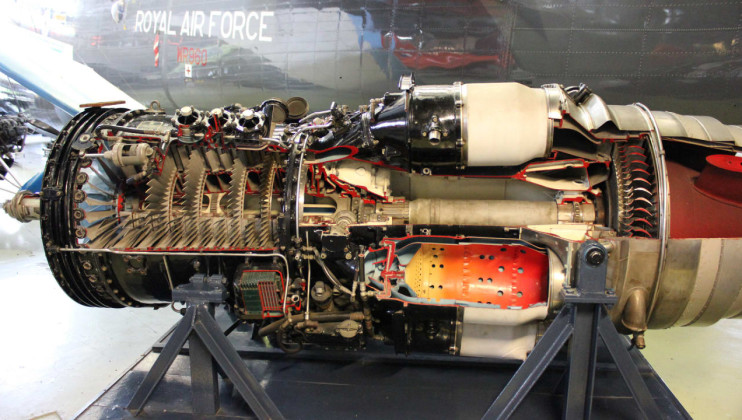Hyundai i10: A Journey Through Time and Performance


Historical Context
In the late 2000s, the automotive industry was undergoing significant changes. There was a shift towards smaller, more fuel-efficient vehicles, driven by rising fuel prices and increasing environmental awareness. Hyundai, a brand known for its value-for-money offerings, seized this opportunity with the i10. The car was initially manufactured in India, targeting both local and international markets.
The i10's design was a departure from the boxy shapes of its predecessors. It featured a more rounded, aerodynamic silhouette, which not only improved its aesthetic appeal but also its fuel efficiency. The interior was designed to maximize space, making it surprisingly roomy for a car of its size.
Design Evolution
Over the years, the Hyundai i10 has undergone several design updates. The second generation, launched in 2013, brought a more mature and refined look, with a focus on quality and technology. The front grille was redesigned, giving it a more aggressive stance, while the interior received a significant upgrade in terms of materials and features.
The latest iteration of the i10, introduced in 2019, continues this trend. It boasts a sportier design, with sharp lines and a wider stance. The interior is packed with technology, including a touchscreen infotainment system and advanced safety features, reflecting the demands of modern consumers.
Engines and Performance
Throughout its history, the Hyundai i10 has been powered by a range of small, efficient engines. The first generation offered a 1.1-liter petrol engine, which was later complemented by a 1.2-liter option. These engines were designed to offer a balance between performance and economy, making the i10 an ideal city car.
With the introduction of the second generation, Hyundai introduced a 1.0-liter three-cylinder engine, which further improved fuel efficiency. The latest models continue to offer these engine options, with enhancements in emissions and performance. While the i10 is not a performance car by any means, its lightweight construction and nimble handling make it a joy to drive in urban environments.
Collectability and Legacy
While the Hyundai i10 may not yet be considered a classic, its impact on the compact car segment is undeniable. It represents a shift in consumer preferences towards smaller, more efficient vehicles, and its success has paved the way for future models. As we look to the future, it will be interesting to see how the i10 is remembered in the annals of automotive history.
For collectors, the i10 offers an interesting proposition. Its affordability and practicality make it an accessible entry point into the world of car collecting. As with many vehicles, the early models, particularly those in pristine condition, may become sought after as time goes on.
Specifications
| Specification | Value |
|---|---|
| Engine | 1.0-liter three-cylinder |
| Horsepower | 66 |
| Fuel type | Petrol |
| Mpg | 56 |
| Transmission | 5-speed manual |
| Top speed | 106 mph |
| 0-60 mph | 14.7 seconds |
| Length | 3,670 mm |
| Width | 1,680 mm |
| Height | 1,480 mm |
| Wheelbase | 2,425 mm |
| Curb weight | 935 kg |